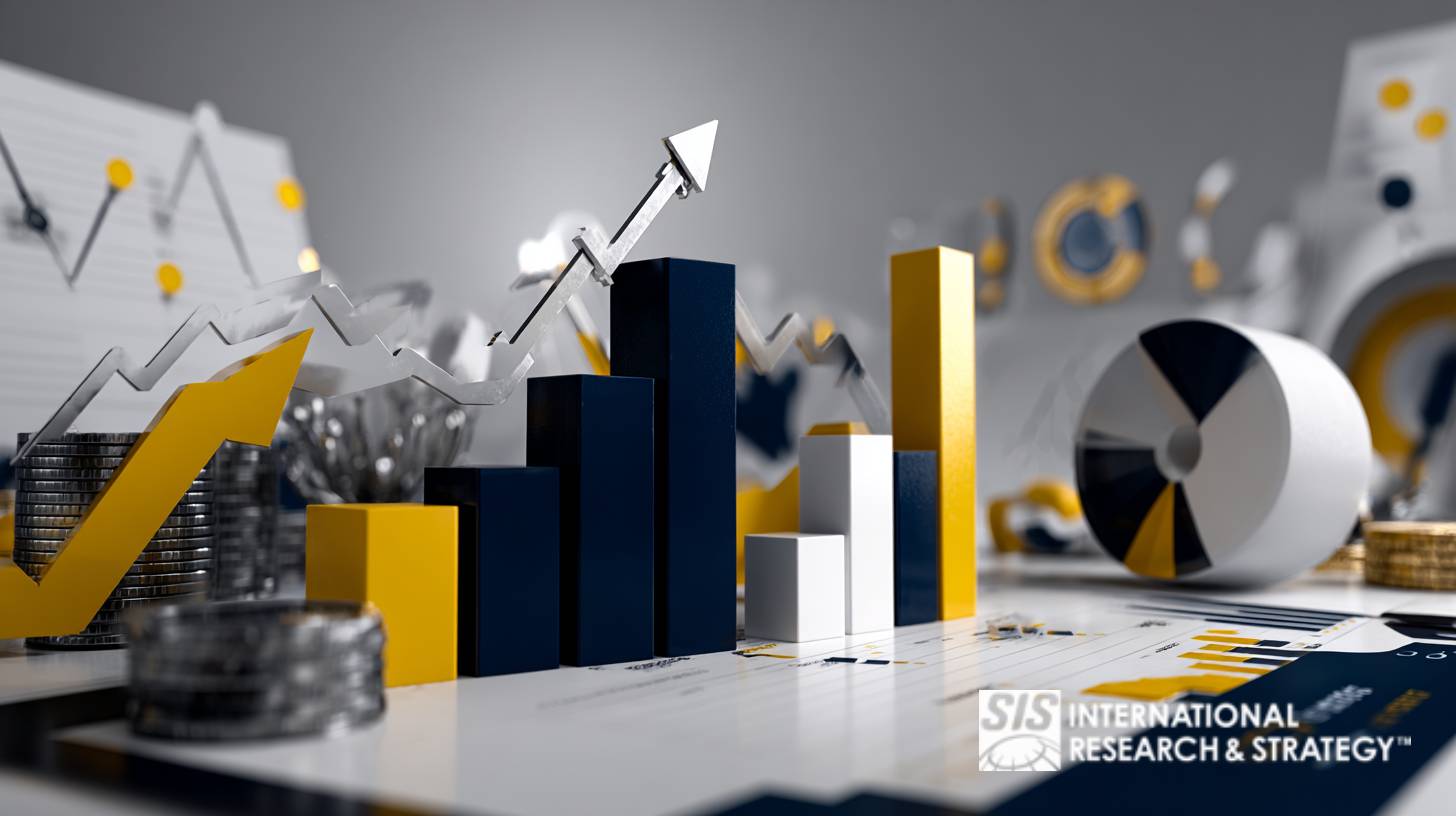Consultoría en ciencia de datos y análisis

The digital revolution is becoming more popular in the consulting industry. The result is a lot of opportunities available to enhance the experience of the clients. Despite this, consultants have to gain new knowledge to remain ahead. There has been a global surge in how companies spend on analytics consulting. Investment is between spending on external consultants and creating capabilities in-house.
Data analytics is a method of extracting and drawing conclusions from data to make better decisions. This technology is fast-rising. It uses artificial intelligence, statistics, and advanced market knowledge. Users gather this data to figure out essential patterns in large sets of data. Deploying smart analytics provides excellent insights into the performance metrics of a company. It also shows the complicated changes taking place there.
Tipos de análisis de datos
Generalmente, existen cuatro tipos de análisis de datos. Ellos son:
1. Análisis descriptivo
Descriptive analytics provides expository information. It answers the fundamental questions of what, who, where, when, and how many. It is not possible to have dashboards and Business Intelligence tools without it, because it is the backbone of reporting. We can further divide Descriptive Analytics into two groups: canned reports and ad hoc reporting. Canned reports contain information about a particular subject. An example is a monthly report providing information on ad performance. Ad hoc reporting is usually not scheduled. It is essential to get better information about a particular issue. You can do this through social media by viewing the people who have interacted with your page. It also helps you get other demographic data. Ad hoc reporting is hypersensitive, and it provides a bigger picture of your audience.
2. Análisis de diagnóstico
Los análisis de diagnóstico responden a la pregunta de por qué sucedió algo. Mide datos históricos frente a otros tipos de datos. Un análisis de diagnóstico le permite profundizar. Le ayuda a localizar dependencias y descubrir patrones. Las empresas utilizan este análisis para obtener un conocimiento profundo de un problema específico. Las organizaciones necesitan tener datos detallados en todo momento. De lo contrario, la recopilación de datos puede parecer única para cada desafío y consumir más tiempo. El análisis de diagnóstico le brinda alertas antes de que surja un problema potencial. Por ejemplo, le permite saber qué empleados trabajan menos horas de las que deberían.
3. Análisis predictivo
Predictive Analytics le brinda información sobre lo que probablemente sucederá en el futuro. Hace uso de los descubrimientos de la analítica tanto descriptiva como de diagnóstico. Le ayuda a descubrir grupos, tendencias y excepciones. Luego podrá predecir las tendencias que probablemente se producirán en el futuro. Por tanto, el análisis predictivo es una herramienta de previsión crucial. A pesar de sus muchas ventajas, la previsión sólo proporciona una estimación. Su precisión depende de la calidad de los datos. Por tanto, requiere una optimización regular y un tratamiento cuidadoso.
4. Análisis prescriptivo
Este tipo de análisis prescribe las acciones a tomar para evitar problemas futuros. También aprovecha todas las tendencias prometedoras. En este tipo de análisis es donde entran en juego el big data y la inteligencia artificial. El modelado estadístico se ocupa de evaluar situaciones para probar o refutar una hipótesis. La IA se ocupa de predecir resultados potenciales en función de muchas variables.
Data science and analytics consulting are essential to all businesses. It can help them create new products. It also makes them more efficient for better performance and enhances the customer experience. It provides information for better decision-making and detects challenges and opportunities. It makes forecasts that can reduce labor and cost, saving time.

